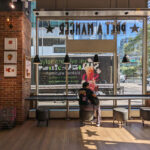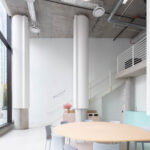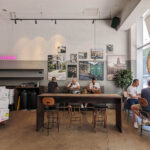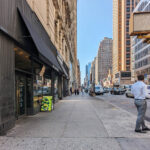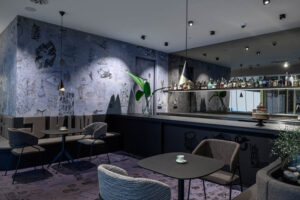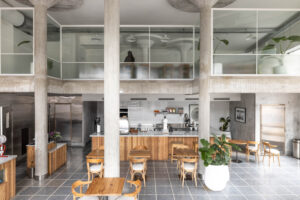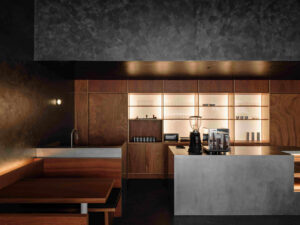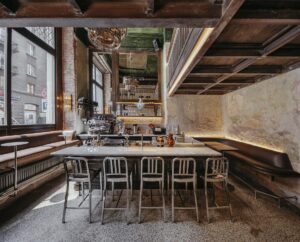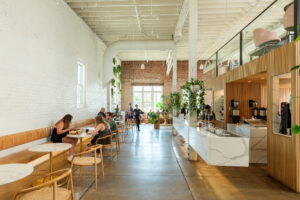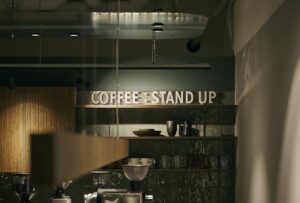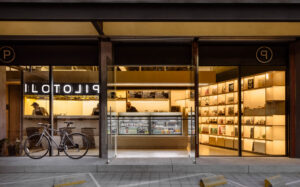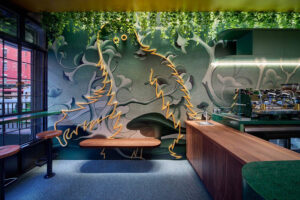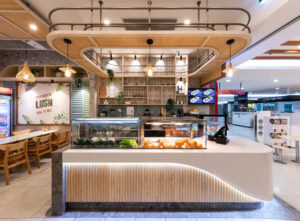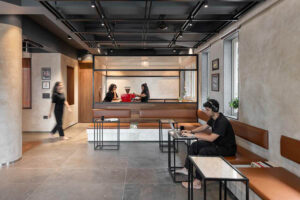Migrant Kitchen Cafe in New York, is characterised by its sculptural enclosure made of laser-cut plywood lattice, which serves as both a functional wall lining and an eye-catching feature ceiling. This design choice creates captivating vistas throughout the space, especially when viewed from different angles. The integration of the plywood with the seating adds a sense of unity and depth to the interior. Additionally, I appreciated the subtle touches of pink in the window frames and seating upholstery, adding a hint of charm to the atmosphere. Furthermore, the cafe’s dedication to providing opportunities for immigrants to share their cuisines and cultures is commendable and adds a meaningful dimension to the space. Overall, Migrant Kitchen Cafe offers a tasteful and inclusive environment that celebrates both design innovation and cultural diversity.
Architects Description
Nasser Jaber and Daniel Dorado founded the Migrant Kitchen in 2019, with the concept of ‘Food Inspired by Immigrants’. The idea started out as a catering business with a humanitarian mission, to provide meaningful opportunities for immigrants to display their cuisines and cultures while earning a decent living.
Designed by JBA Collective and MEAN Design
Published with Bowerbird
Photography by Alexander Severin Architectural Photography
To explore cafes worldwide see bestcafedesigns.com. A top 100 Architecture blog to follow and a global directory of cafes and cafe professionals
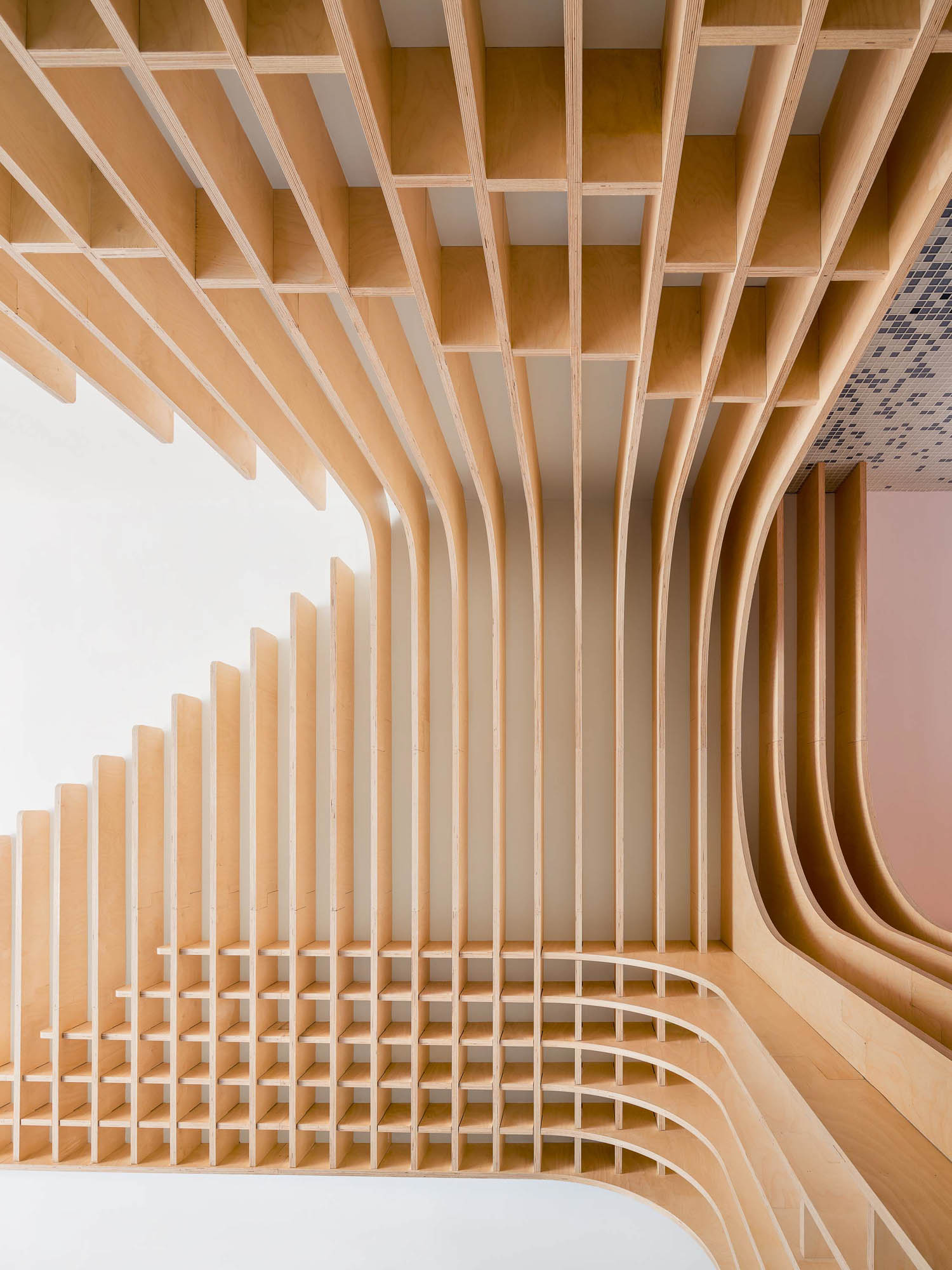
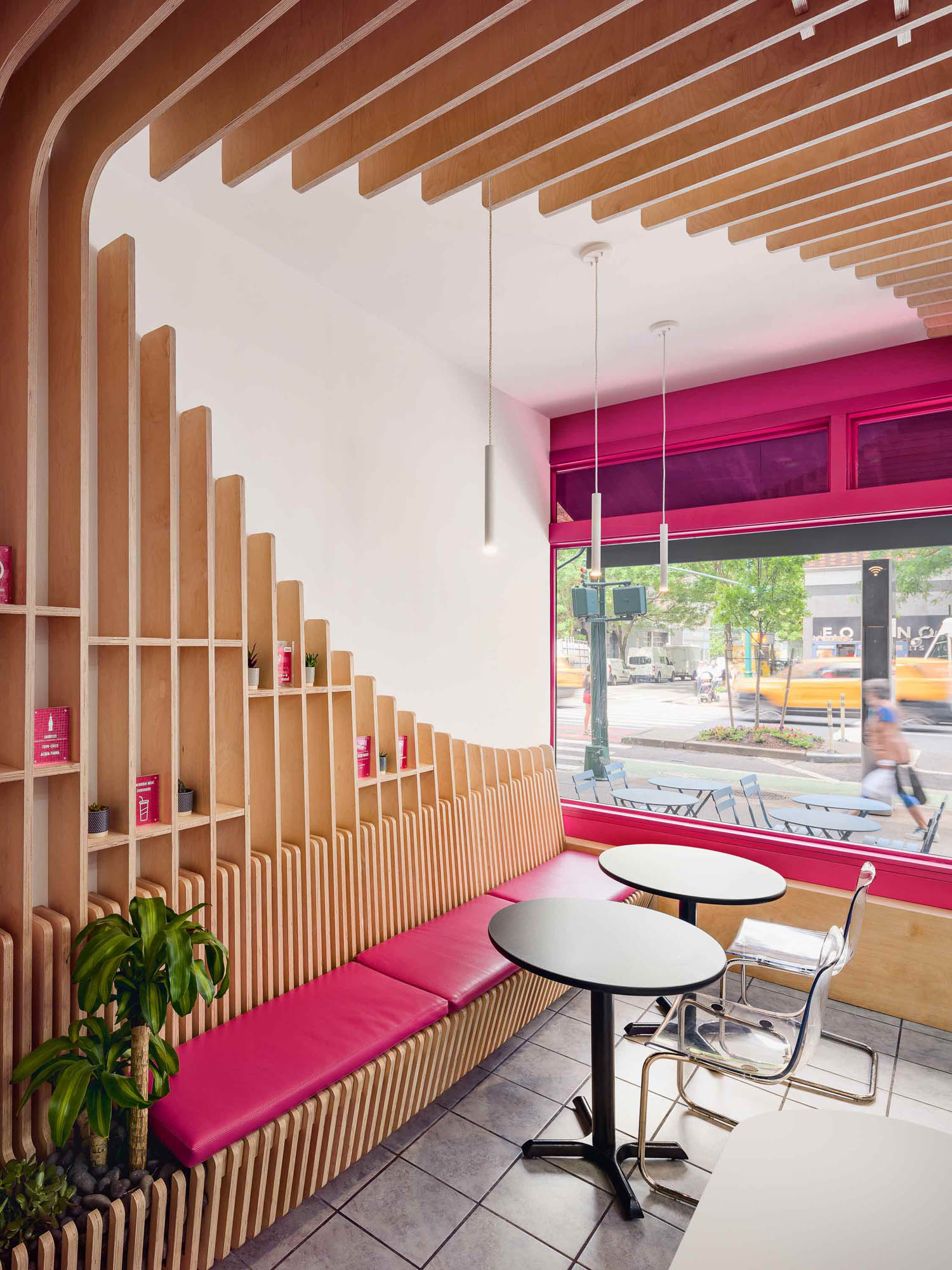
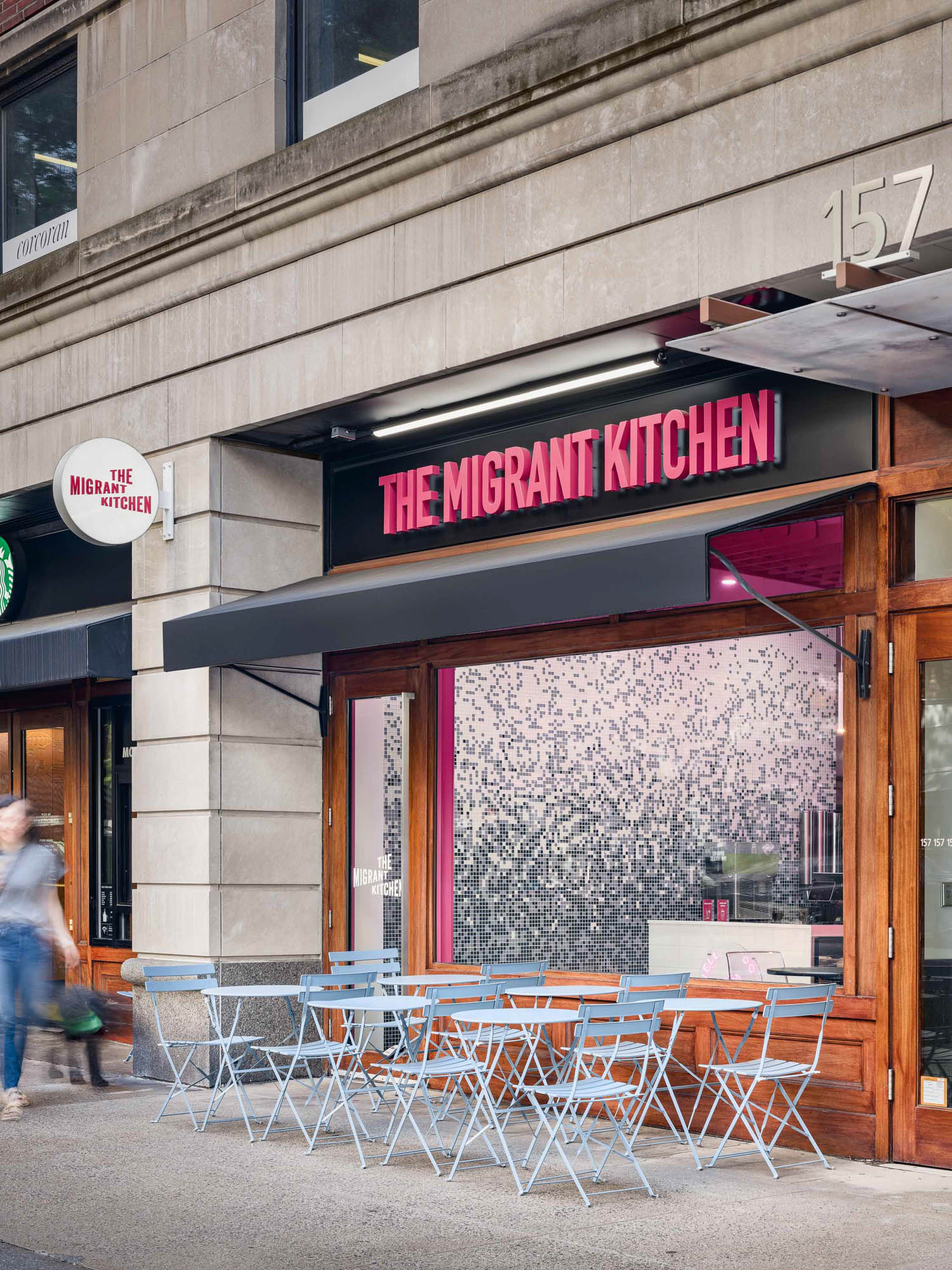
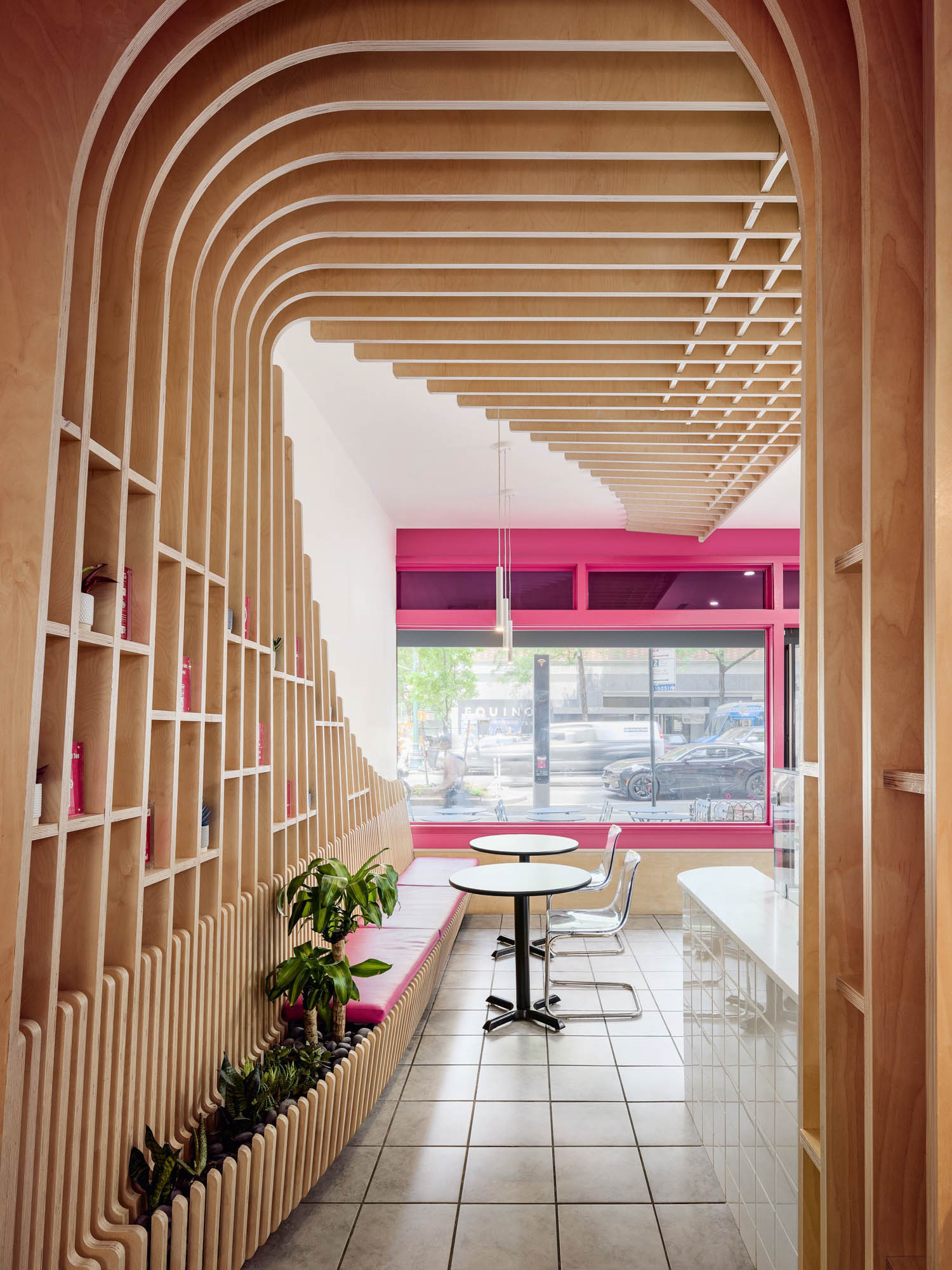
At the height of the COVID crisis, the business pivoted from a standard catering operation to serving frontline healthcare workers fighting against the pandemic and quickly scaled its operations to serve over 60,000 meals a week to feed insecure communities across New York City. Over the past years, The Migrant Kitchen acquired locations in the Upper East Side, Brooklyn, and Upper West Side.
Upon acquiring their first 2 brick and mortar locations in the city, The Migrant Kitchen entrusted the tram of JBA (New York) + MEAN Design (Dubai) to design the spatial identity for these restaurants. The main idea of their brief was to ensure that the story of TMK is communicated consistently in the interior of each restaurant with materials, features, and finishes while maintaining a unique identity for every location that echoes the character of its surrounding neighborhood.
User Experience
The circulation of diverse user groups was considered within the small area of the floor plan, including disabled people, families, single diners, and pets.
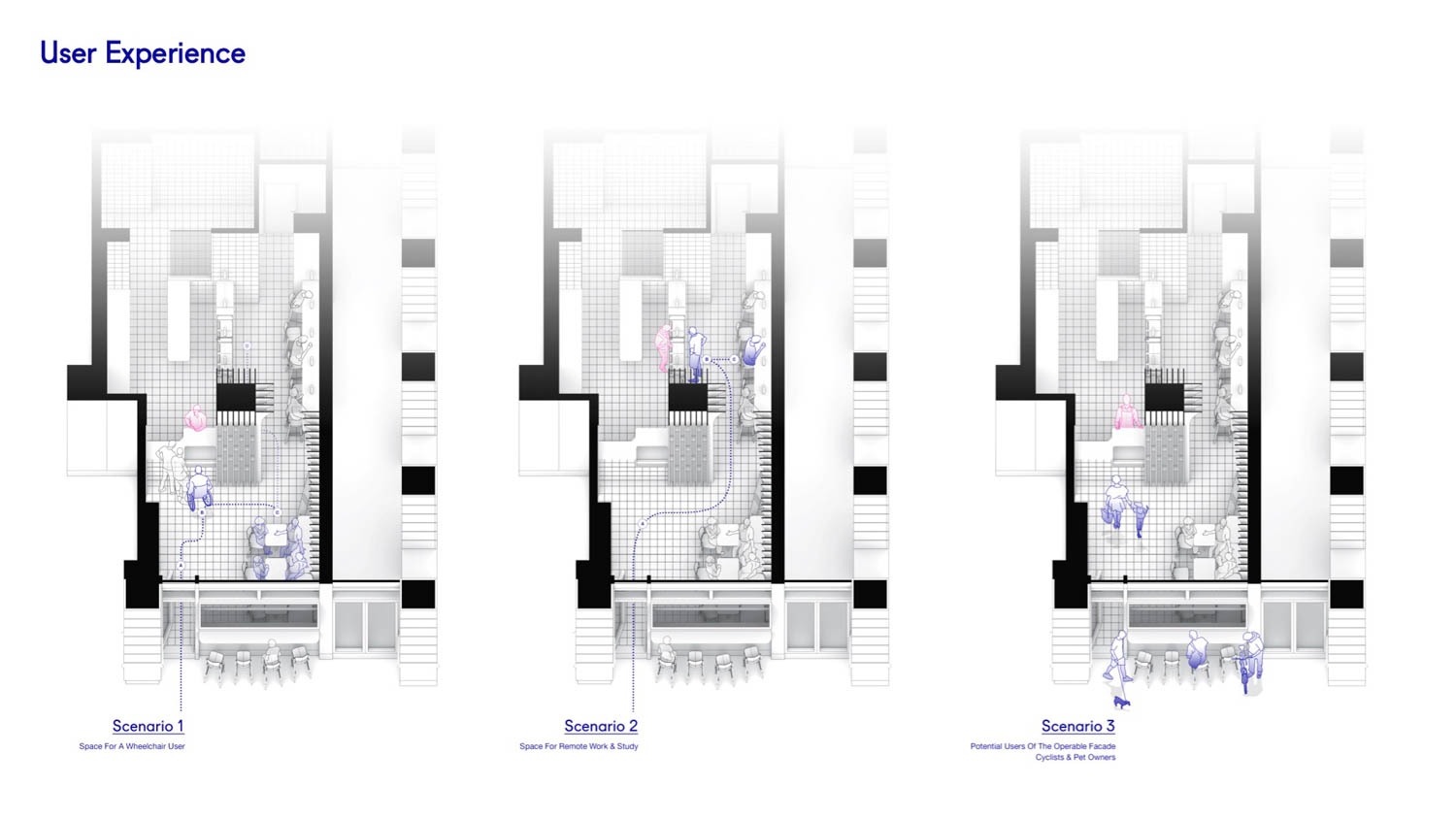
The design of the restaurants makes the best use of the indoor/outdoor spaces by providing versatile seating solutions and façade mechanisms that allow for flexibility in all weather conditions.
157 Columbus Avenue
At the 157 Columbus restaurant, The design of The Migrant Kitchen location in the Upper West Side utilizes a simple floorplan and gives importance to the user experience within the 60-m2 plot. Careful consideration to the layout of the kitchen gives priority to the use of the small space to be given to indoor seating.

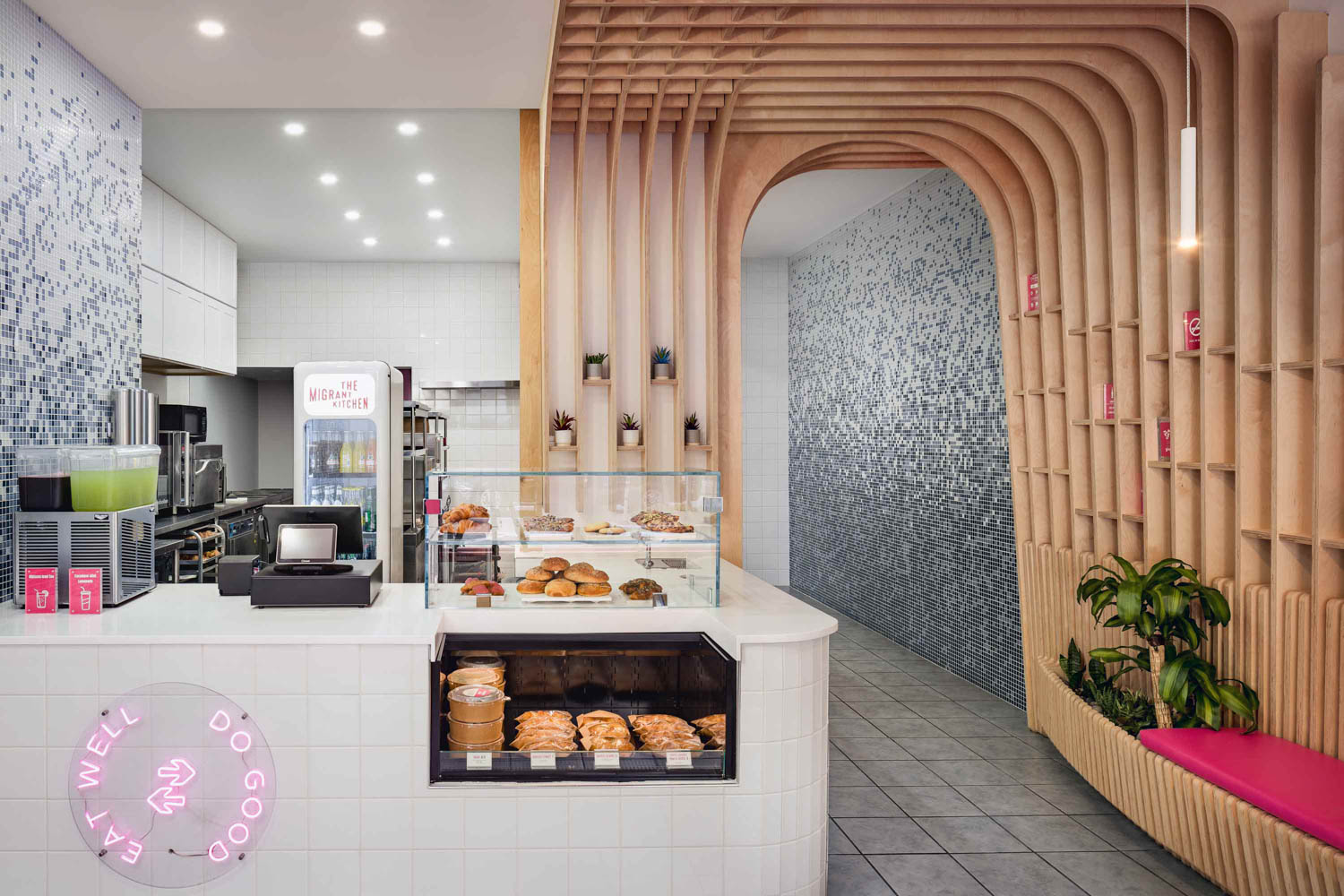
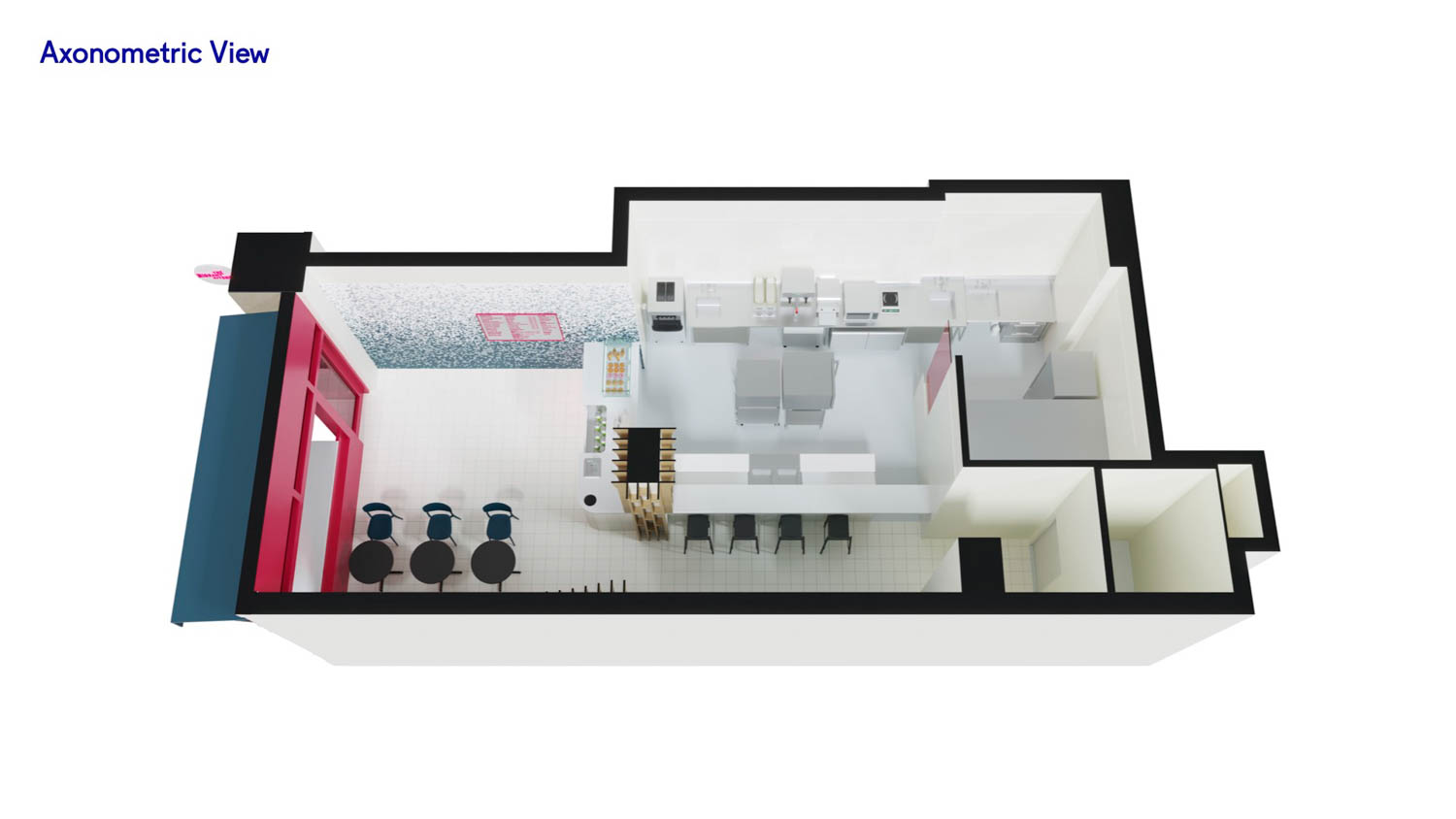
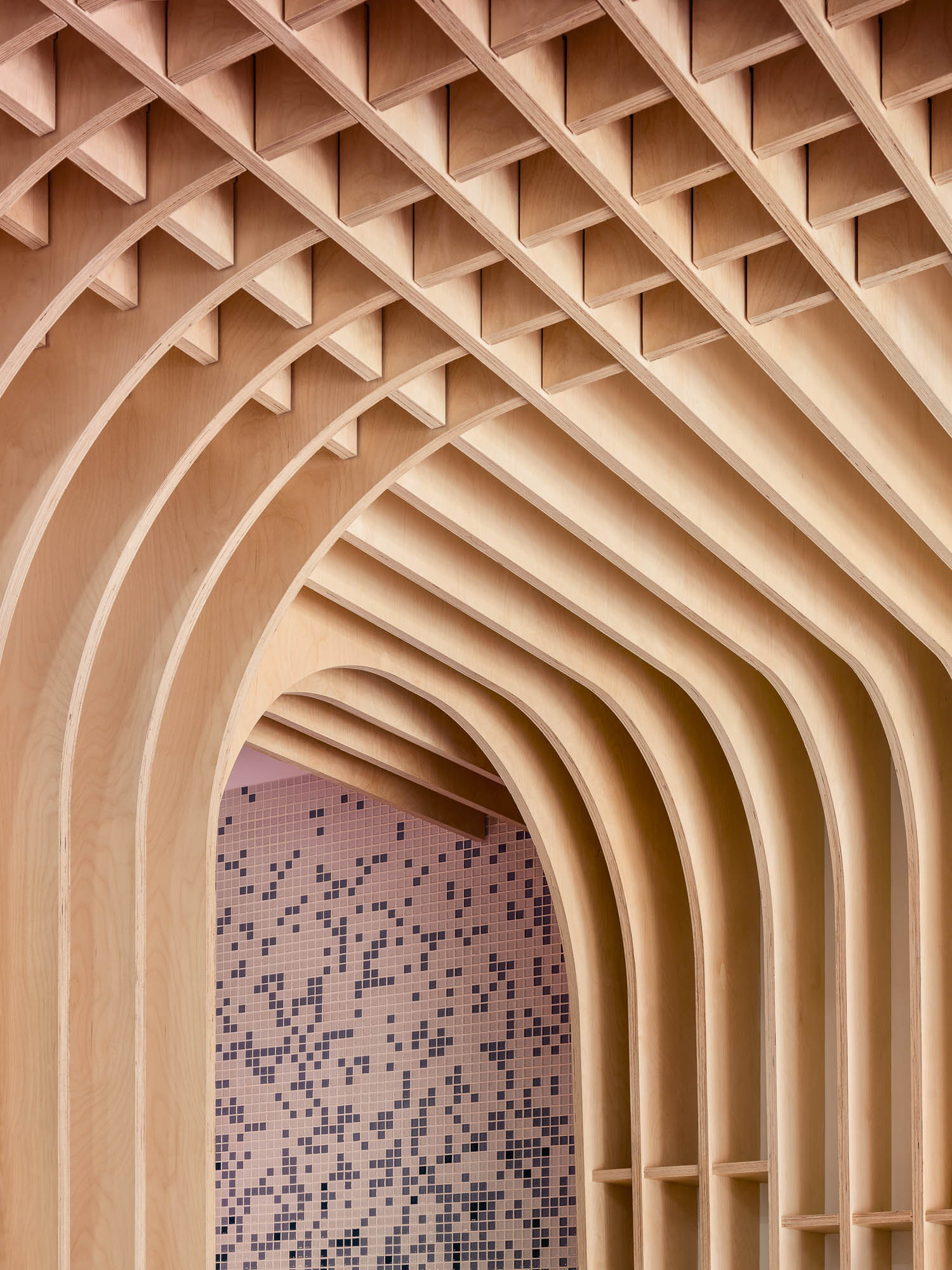
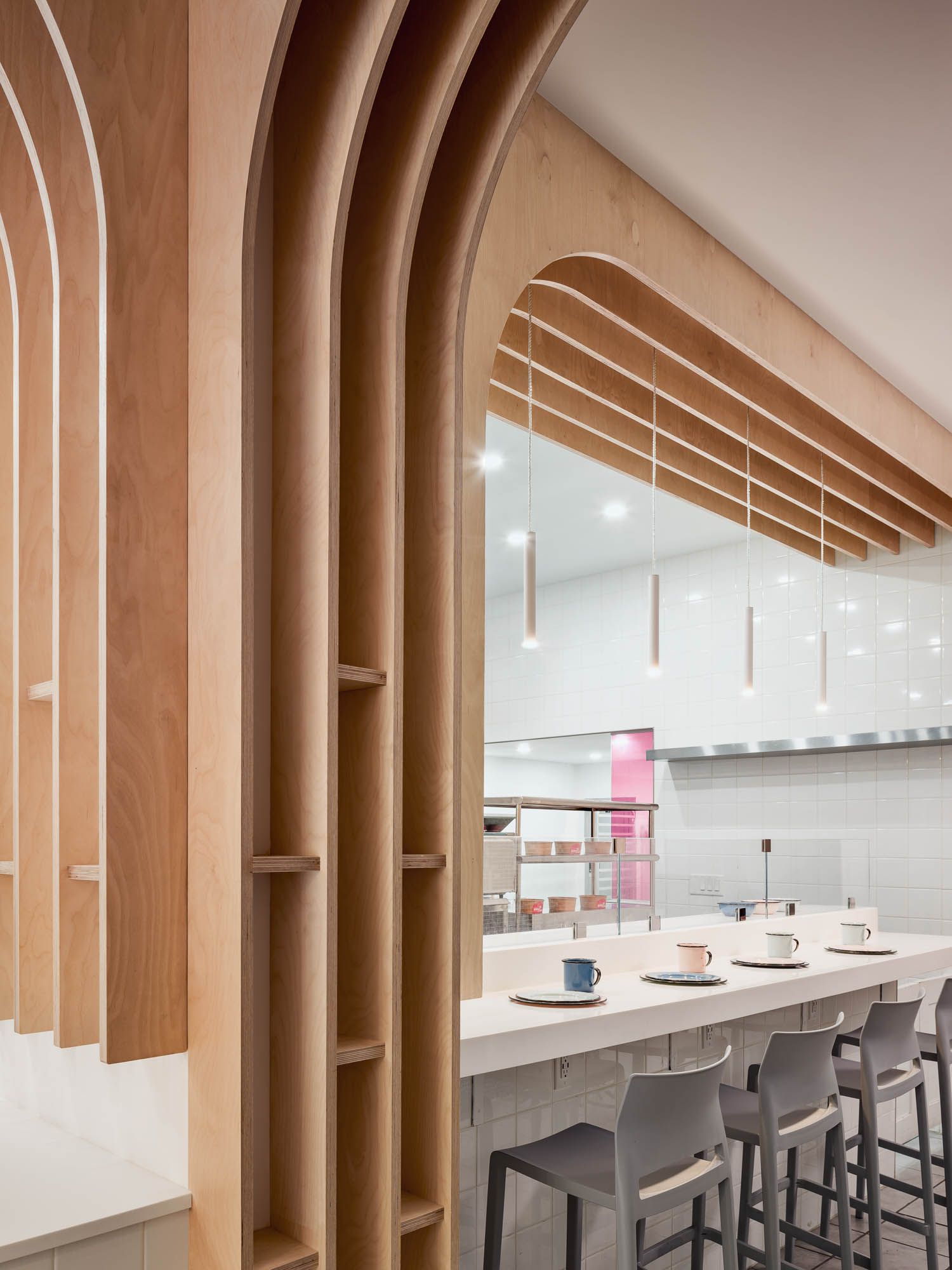
The kitchen is placed at the back, concealed by a counter with a grab-and-go fridge. Towards the ‘back of house’, diners can use the bar seating overlooking the kitchen, while at the front, a custom bench with dining tables offers an ‘all-day-café’ spirit, encouraging diners to take their time with their meals.
A continuous interlocking birch wood structure engulfs the space and resembles a ‘pantry’. The wooden feature starts as a bench for diners, branching towards the ceiling and creating a welcoming space as it recedes to cover a column near the grab-and-go counter. The wooden members create a sinuous dynamic arched portal towards the ‘back of house’

